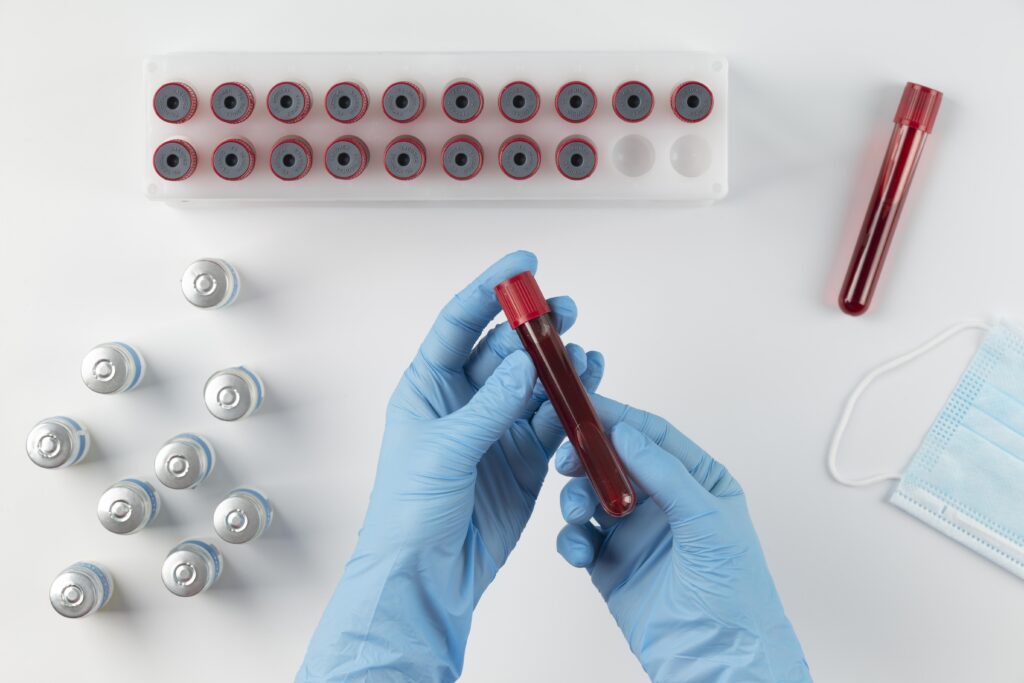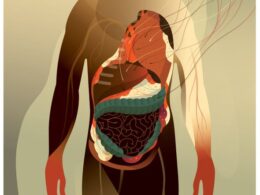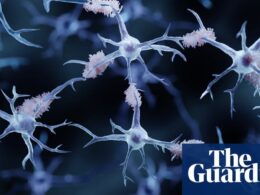The health strategist
institute, portal & consulting
for workforce health & economic prosperity
Joaquim Cardoso MSc.
Servant Leader, Chief Research & Strategy Officer (CRSO),
Editor in Chief and Senior Advisor
January 15, 2024
This executive summary is based on the study “Tracking organ aging and disease”, published by The National Institutes of Health and written by Brian Doctrow, Ph.D, on January 9, 2024.
What is the message?
A groundbreaking study led by Dr. Tony Wyss-Coray at Stanford University reveals a pioneering technique using blood proteins to track the aging of individual organs.
Faster organ aging, identified through almost 5,000 blood proteins, is linked to increased risks of diseases and mortality.
This transformative approach not only estimates biological age but also holds the potential to predict an individual’s susceptibility to specific diseases, opening avenues for targeted interventions.

ONE PAGE SUMMARY
What are the key points?
Biological Age Variation: Biological age, accounting for individual differences in aging rates, is crucial. The study focuses on assessing the biological ages of eleven organs across more than 5,600 individuals, emphasizing the variation in aging rates among different organs.
Methodology: Researchers analyzed gene activity in various organs and measured nearly 5,000 blood proteins. Machine learning models were trained to estimate biological age based on the protein levels, providing a comprehensive understanding of organ aging.
Accelerated Aging and Disease Risk: Approximately 20% of individuals exhibited accelerated aging in a single organ, while less than 2% showed accelerated aging in multiple organs. Accelerated aging in specific organs correlated with an elevated risk of age-related diseases, such as hypertension, diabetes, atrial fibrillation, and heart attacks.
Organ-Specific Associations: The study found specific associations between accelerated aging in certain organs and increased risks of corresponding diseases. For instance, older kidneys were linked to hypertension and diabetes, while accelerated heart aging doubled the risk of heart failure over 15 years.
Insights into Brain Aging: The research uncovered insights into brain aging, demonstrating that proteins associated with brain aging could predict Alzheimer’s progression. Combining these markers provided a more accurate risk assessment than individual markers alone.
What are the key statistics?
Prevalence of Accelerated Aging: Almost 20% of individuals exhibited accelerated aging in a single organ, while fewer than 2% showed accelerated aging in more than one organ.
Risk Increase: Accelerated aging in most organs was associated with a 15-50% greater risk of death from any cause.
Heart Failure Risk: Individuals with accelerated heart aging had more than double the risk of heart failure over the next 15 years.
Brain Aging and Alzheimer’s: Proteins associated with brain aging proved as predictive of Alzheimer’s progression as established biomarker pTau-181. Combining both markers showed a higher risk than individual markers alone.
What are the key examples?
Organ-Specific Diseases: The study identified associations between accelerated aging in specific organs and diseases, emphasizing the predictive value of organ aging in diagnosing health risks.
Brain Aging Predictors: Proteins associated with brain aging, including pTau-181, offered insights into Alzheimer’s progression, highlighting the potential for blood-based biomarkers in neurological conditions.
Conclusion
The research pioneers a transformative method for tracking organ aging through blood proteins, offering a new paradigm for estimating biological age and predicting disease risks.
With implications for personalized medicine and preventive interventions, the technique underscores the potential to treat individuals at risk before the onset of diseases, pending further validation in larger clinical cohorts.
To read the original publication, click here.











